Chicago is known for its harsh winter weather. With an average wind speed that lands the city in the top twenty windiest cities in the country and its extremely cold temperatures, it is important to have a strong and reliable roof to keep your home and family safe. Thankfully, there are several top-quality and reliable options for roofs that are available to choose from. Each different roof material comes with several pros and cons when it comes to handling ice, wind, snow, and other winter weather conditions. Knowing all of the available options can help you better choose the one that is right for you.
Roof Options to Choose From
There are several types of roofs that can be used for homes here in the Chicago area. Here are some of the best options.
Metal Roofing
Metal roofs are designed to stand up very well to harsh weather conditions. Ice and snow should slide right off the roof, ensuring that no ice dams form. This type of roof material also stands up well to damaging conditions, such as windstorms, due to the increased durability that most metals have.
One of the biggest problems with using metal roofs is that the water runoff can cause ice to pool on sidewalks below. This makes it important to have snow guards installed to prevent it from happening and ensure safe ground conditions. Many homeowners find it especially helpful to install additional insulation to aid during extremely cold temperatures.
Slate Roofs
Slate roofing is another excellent option for winter weather conditions. This roof provides exceptional insulation and can withstand blizzard-force winds. It is also quite durable. These tiles are a great option for sloped roofs, making them a sound option for areas that see a lot of snowfall.
One of the downsides of slate roofing is that it is quite heavy. As a result, it may not be a suitable option for all homes. This roof can also be quite expensive to purchase and install.
Synthetic Slate Shingles
Synthetic slate shingles are growing in popularity. These roofs provide all of the advantages that come with traditional slate roofing and a few extras. They are designed to withstand extreme temperatures and heavy winds. Synthetic slate shingles are also energy efficient, ensuring you are able to save on your energy bills.
Given how new synthetic slate is, there are still a lot of unknowns in terms of long-term performance. However, many manufacturers are confident in this material and provide a 50-year warranty on the roof following installation.
Asphalt Shingles
Asphalt shingles are an excellent option for areas with high winds and harsh winters. This material is lightweight and extremely durable. Lower-end materials can stand winds up to 60 MPH, while higher ends have a wind rating between 110 MPH and 130 MPH. Another great quality of asphalt shingles is that they are more aesthetically pleasing than other roofing materials.
One of the downsides of asphalt shingles is that they can wear out over time. As a result, they may need to be repaired or replaced. Additionally, some shingles may not withstand extreme winds; however, it is important to note that many shingles do come with warranties that cover wind damage. It is best to discuss the terms with your roofing contractor.
Clay Tiles
Clay is another option for roofs that holds up extremely well in winter weather. This material provides exceptional insulation and can stand up well against ice and snow. However, extreme winds can be problematic. Clay is a very stylish and attractive choice and can accent any Mediterranean or Spanish architectural style.
Like slate roofing, clay tends to be one of the heavier roofing options. As a result, it may not be suitable for all homes. Clay also tends to be one of the more expensive options for roofing materials.
What Roof Works Best for Cold Climates?
There are several factors that are taken into consideration when determining which type of roof will work best for your home here in Chicago. Arguably, slate tends to be one of the better-performing roofing options, especially long-term. However, metal roofs do perform comparably and at a fraction of the cost. If cost does not matter to you, slate may be the better option due to the long-term durability of this material.
What Angle Should the Roof Be Installed at for Snow Conditions?
The angle at which a roof is installed can have a major impact on how well it sheds snow. In general, roofs that have a slope that is less than 10 percent, or a 2/12 pitch, will not be effective when it comes to shedding snow during the winter. Unfortunately, having a roof that is too steep can result in snow building up and falling all at once, which can be hazardous to those on the ground.
In most cases, roof slopes in snowy areas lie somewhere between 4/12 and 6/12 or 50 percent. This slope ensures optimal performance during the winter when it comes to preventing ice buildup and snow.
How Much Snow Can a Roof Hold?
The roof\’s strength and the snow’s weight will play a major role in how much snow your roof can hold. However, most home designs are able to hold between 35 pounds and 50 pounds of snow per square foot. This equates to nearly four feet of snow in any area. However, it is important to consider that snow can fluctuate in weight. Wet snow will come in far heavier than fluffy, dry snow.
If you are interested in exploring the roofing options that are available for your home, it is important to seek guidance from our professionals. We will be able to inspect your roof and home and help you select the best option to meet your needs.
Contact Our Chicago, IL, Professionals Today
Our team at Canga Restoration is committed to providing each of our customers with top-quality roofing services that they can truly depend on. We take great pride in the quality of our work and the materials that we use on homes in the Chicago, IL, area. While working with us, you can rest assured that your home will be our top priority at every step.
Subscribe to Canga Roofing's Blog
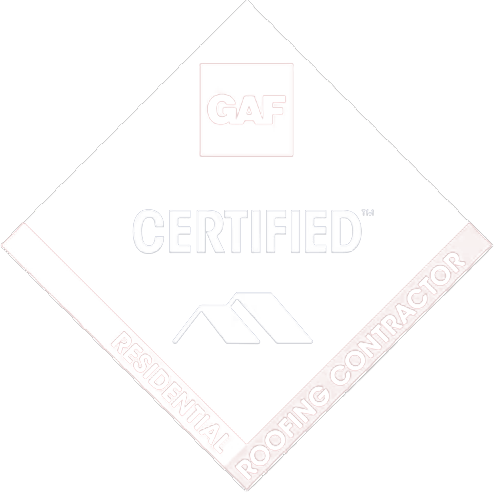

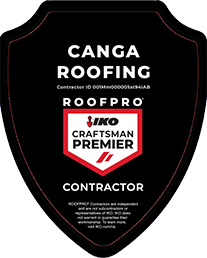
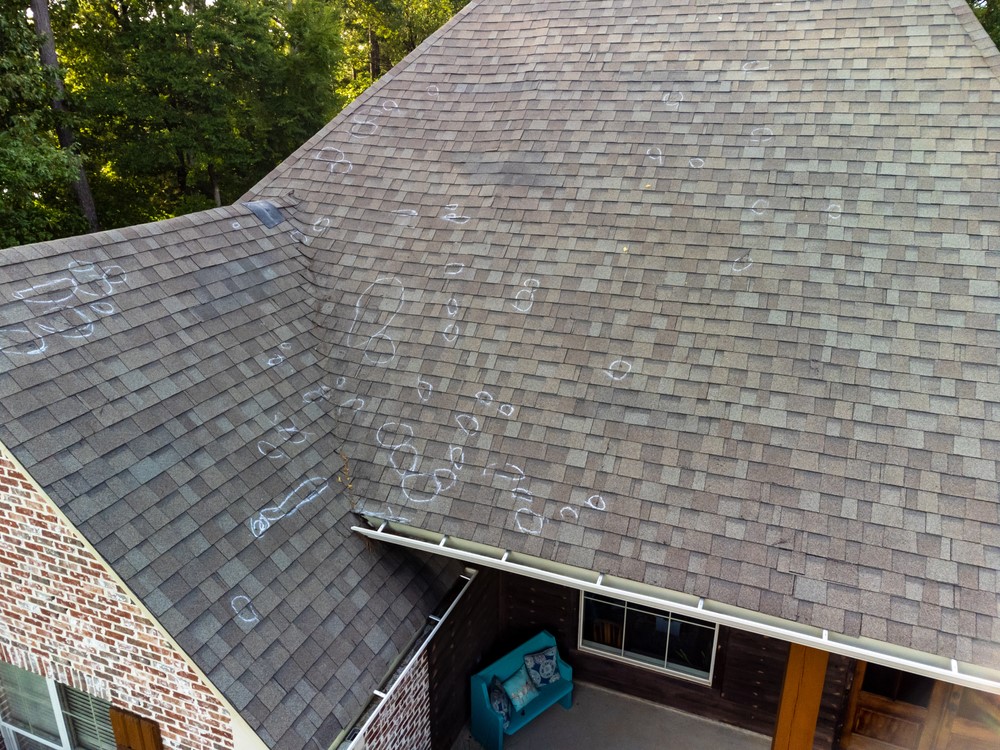
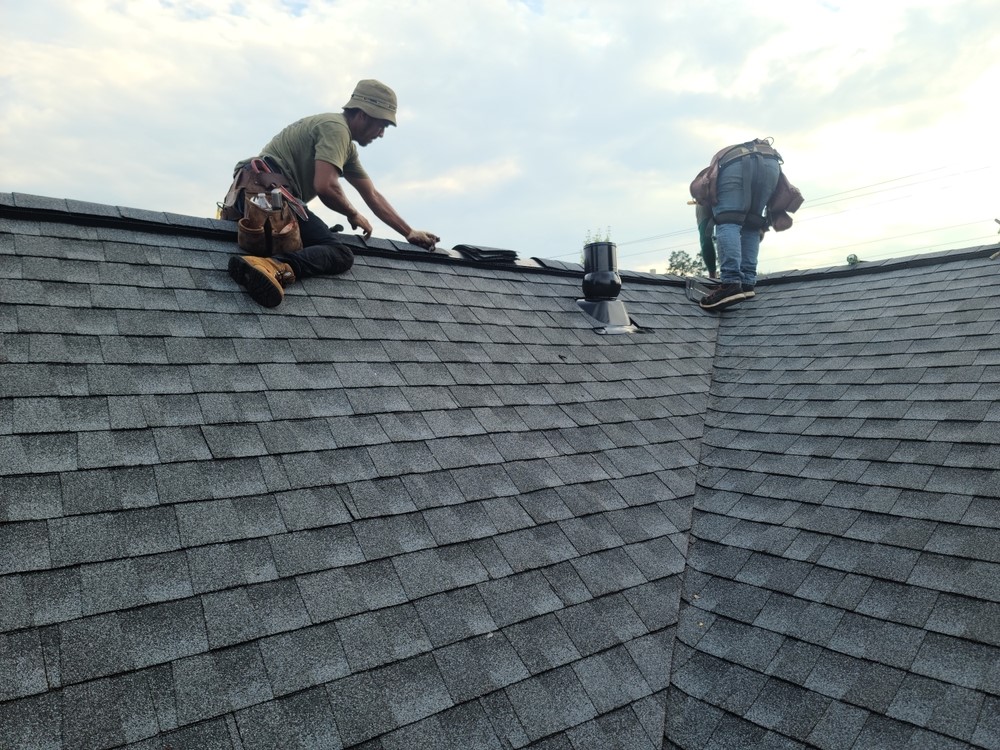
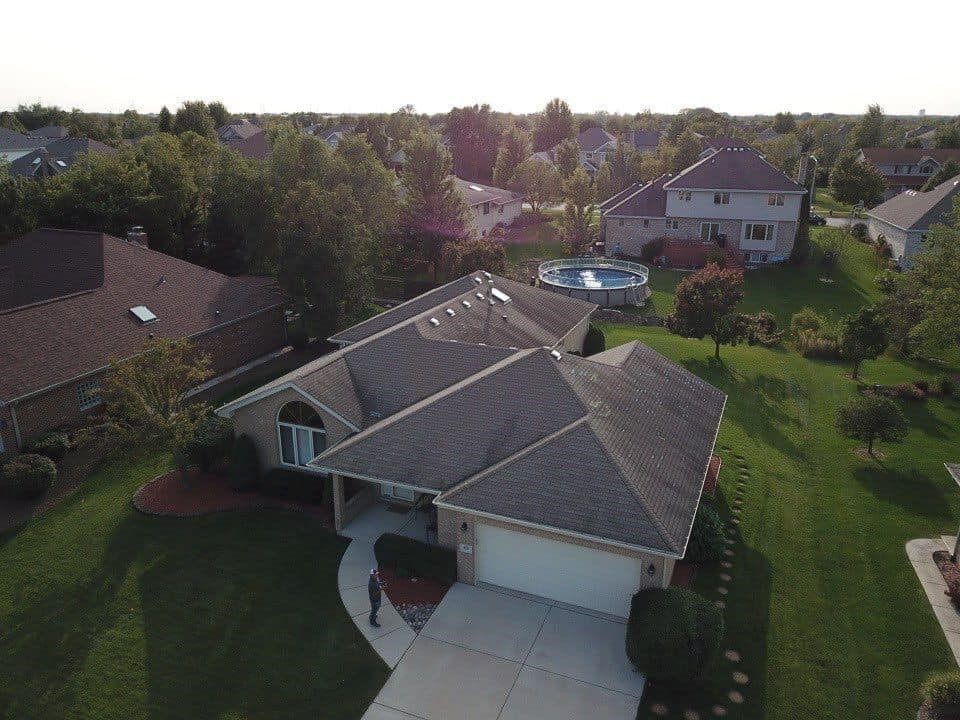
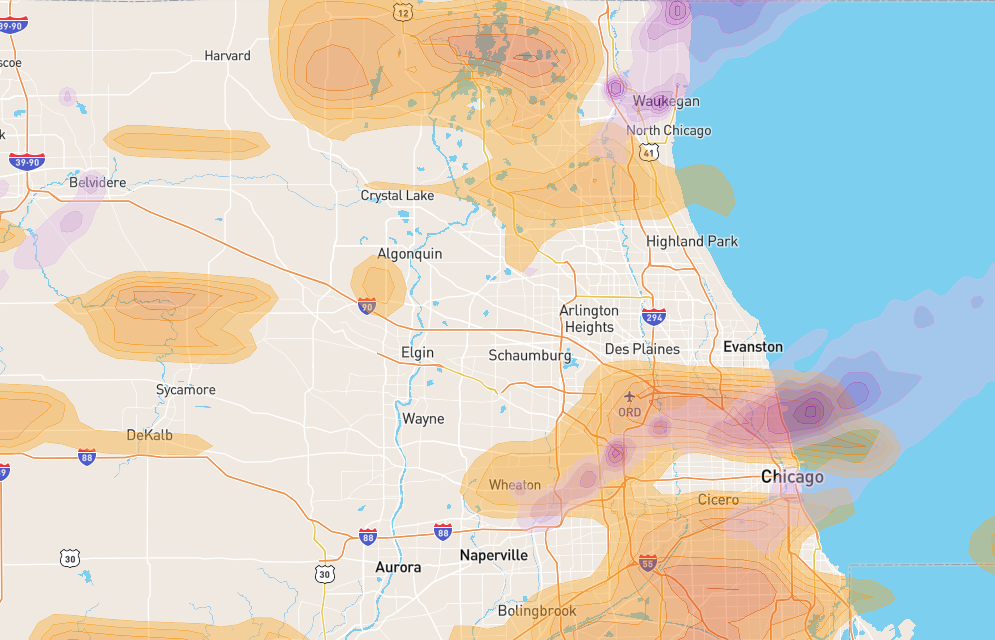
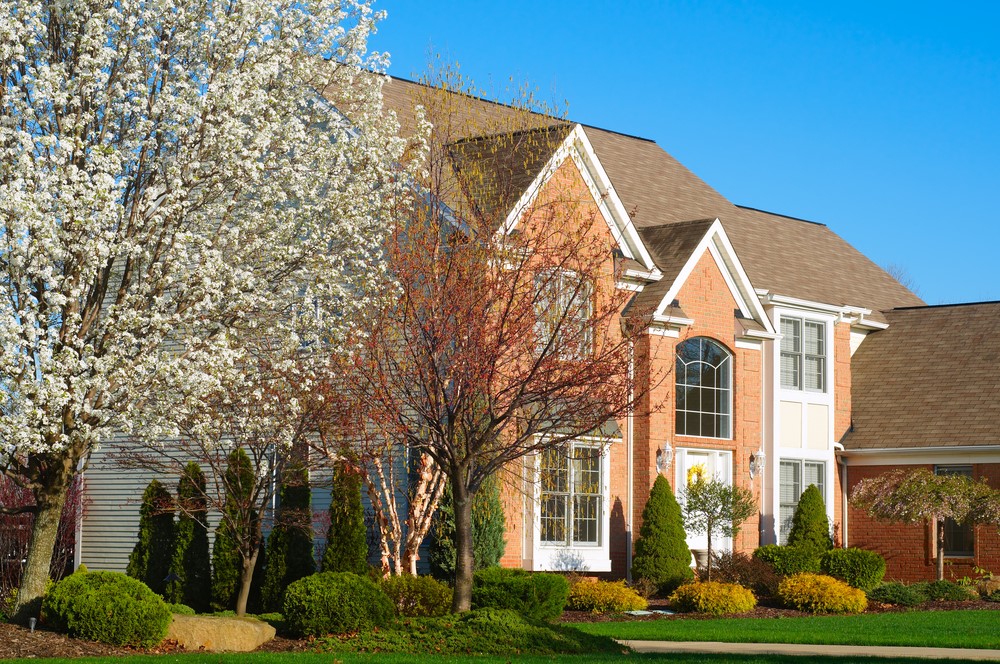


Comments